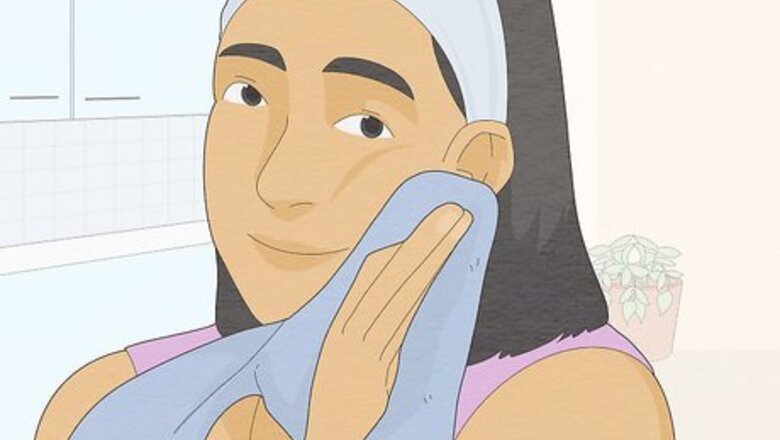
views
Removing the Oil

Prepare your skin. Soak a clean cotton towel in hot water. Wring it out to remove the water and wipe the moistened towel over your skin. Then, splash your face with lukewarm water to help rinse off any dirt. The heat from the towel can help loosen any dirt that's in your pores, making it easier to rinse out.

Wash your skin with a cleanser. While your skin is still wet, rub a dime-sized amount of cleanser into your skin. Gently massage the cleanser into your skin until it foams up. This helps to immediately remove the dirt and oil from your skin. Choose a cleanser that's specifically formulated for oily skin types.
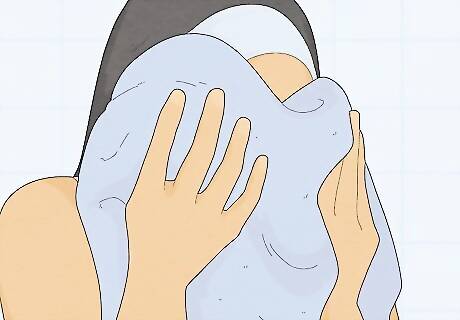
Remove the cleanser. Take a fresh cotton towel and wipe off the cleanser. This quickly removes the foam. You should then rinse your skin off using lukewarm water. Make sure to completely remove all of the cleanser along with the dirt and oil from your skin. Gently pat your skin dry once your skin is clean. Be gentle when using the towel to remove the cleanser. Pulling or rubbing on your skin can actually cause inflammation and damage.
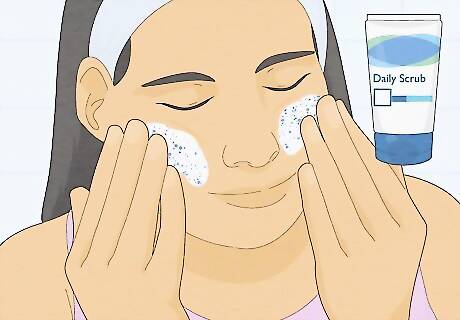
Exfoliate your skin. Squeeze a pea-sized amount of face polish onto your fingers and rub them together. Place your fingers on your skin and gently rub the polish into your skin using a circular motion. If you're exfoliating your face, the process should take a minute or two. Use another clean hot towel to carefully wipe away the face polish. Exfoliating can help to remove the oil that's deep in your pores. Take care not to exfoliate your skin too often or it can become red and tender. You should probably exfoliate about once or twice a week.
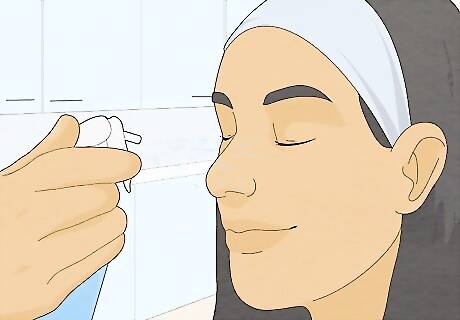
Use a tea tree oil spray. Take a small spray bottle (around 4 to 6 ounces) and fill it with filtered water. Add four drops of tea tree essential oil and screw on the spray nozzle. Shake the bottle till the oil is mixed in. Spray the diluted essential oil all over your skin. Tea tree can make your skin appear less shiny or oily. Let your skin air dry or gently pat the diluted oil spray into your skin.
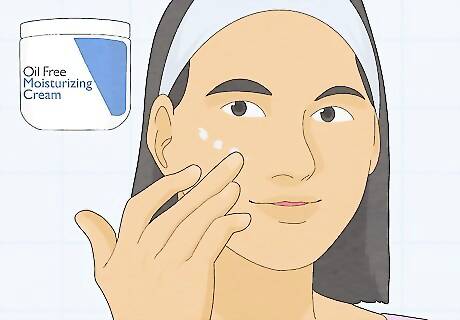
Moisturize your skin. Squeeze a small amount of moisturizer onto your fingertips. Dab the moisturizer all over your skin and then rub it in using your fingertips. Avoid pulling down on your skin when you spread the moisturizer. Instead, use your fingertips to swipe up. Many dermatologists recommend choosing a water-based moisturizer if you have oily skin. You should also find one that's non-comedogenic so it won't clog your skin's pores.
Using Home Remedies

Use lemon. For a really fast solution to oily skin, rub a lemon rind all over your cleaned skin to remove the excess oil. Or, you could make a lemon toner to remove the oil. Mix 2 tablespoons of lemon juice, 1 tablespoon of water, 1 tablespoon of witch hazel, and 2 tablespoons of vodka or rubbing alcohol. Dip a cotton swab into the lemon toner and rub it over your skin. Rinse the toner off with cool water. You can use lemon 3 or 4 times a week, but avoid rubbing just the juice directly onto your skin since it could dry it out.
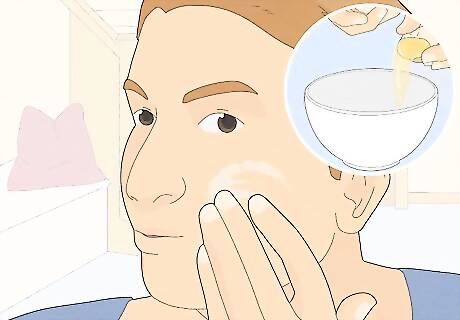
Try using egg whites. Although research is needed to determine their effectiveness, egg whites are often used for drying out your skin. Simply separate the yolks and whites from a few eggs. Beat the egg whites until they're slightly frothy and rub them over your oily skin. Let the egg whites dry out before rinsing off and patting your skin dry. You can discard the egg yolks or save them in the refrigerator for another use.
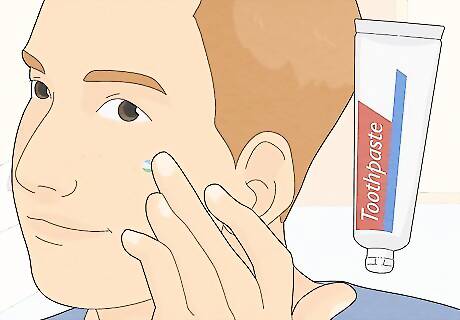
Consider using toothpaste. Squeeze a little bit of fluoride toothpaste onto your fingertips. Dab the toothpaste on any irritated parts of your face, especially any oily pimples or breakouts. Leave the toothpaste on for 5 to 7 minutes before wiping it off with a clean hot towel. Some people may find that toothpaste actually irritates their skin or causes redness so you may not want to try this if you have sensitive skin.
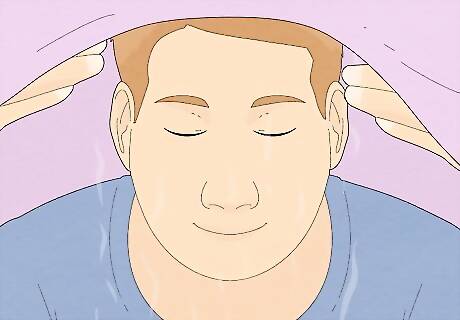
Do a facial steam. Bring a pot of water to boil. Taking care not to burn yourself, pour the boiling water into a large shallow basin. Add 3 drops of tea tree essential oil and a few fresh basil leaves. Drape a large towel over the back of your head and lean over the steaming basin. Breathe in the steam for about 10 minutes. Rinse your skin when you're done with the facial. Tea tree has antimicrobial properties that can kill bacteria. This can prevent your oily skin from breaking out. Tea tree oil also tones your skin and removes excess oil. Keep your head about 12 inches away from the steaming water so you don't burn yourself.
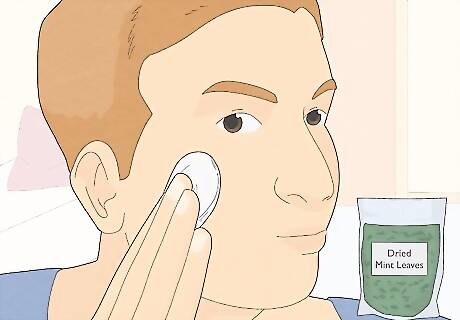
Use an astringent. Make an astringent toner that removes oil and tightens your pores. Place one tablespoon of dried peppermint, yarrow, or sage into a heat-proof cup and carefully it with boiling water. Let the toner steep for 30 minutes and strain out the herbs. Let the toner cool and dip a cotton ball into it. Dab the moistened cotton ball all over your oily skin. Peppermint, yarrow, and sage are often used to improve the appearance of skin and remove scars.
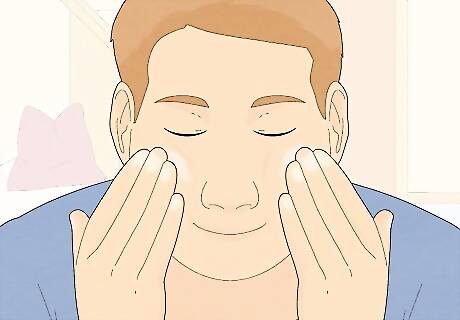
Massage your skin. Take 2 teaspoons of fine-grained powder like baking powder or rice powder and add enough witch hazel to mix the powder into a paste. Spread this paste over your oily skin. Use your fingertips to massage your skin in a circular motion. Rinse away the paste using warm water. Massaging the powder into your skin can help the mixture penetrate deep into your skin where the oil is being produced. This can help remove the extra oil.
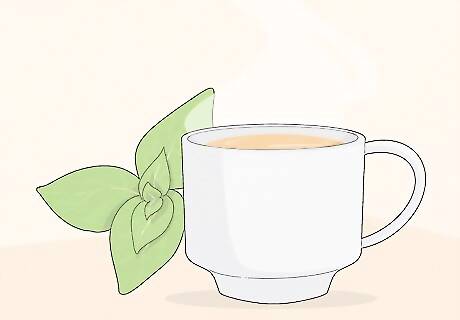
Dab peppermint tea on your skin. Steep 1 cup of fresh mint leaves in 1 cup of boiling water for 5 to 10 minutes. Remove the peppermint leaves and let the tea cool. Dip a cotton ball in the tea and dab it over your oily skin. Peppermint contains menthol which can balance the pH of your skin and slow down your skin's oil production. It's also an astringent which can help dry your skin out a little.
Keeping the Oil Off Your Skin
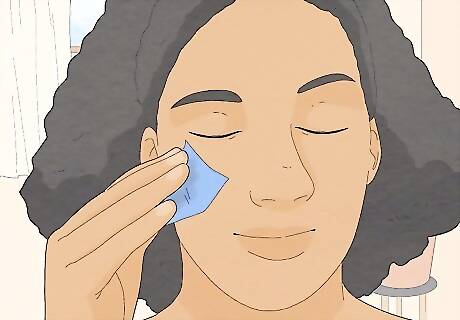
Use blotting papers. You can purchase blotting or astringent pads to keep with you during the day. If you notice your skin starting to become shiny or oily, swipe a pad over your skin or blot it gently to absorb the oil. These are usually made with an absorbent material like rice bran. While you could blot your oily skin with tissues in a pinch, they'll smudge any makeup you're wearing. Blotting papers are designed to keep your makeup intact.

Simplify your makeup routine. Wearing a lot of cosmetic products can add oil to your skin and block your pores. Consider how many products you use and try to cut back on them. If you don't use many to begin with, try reducing the amount of each product you do use. You may want to use cosmetics that are created for people with oily skin, especially if your makeup doesn't last all day. Always wash your makeup off every night before going to bed. Leaving makeup on can block your pores.
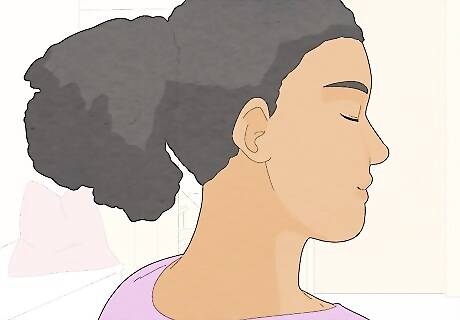
Tie your hair back. If your face, neck, or upper back is oily and your hair is long, you should tie it back. Grease in your hair is produced by your scalp just like your skin produces oil. Keep greasy hair from rubbing against your skin and transferring oil. Your skin may also be sensitive to the shampoo you're using. You might want to switch shampoos for a while to see if your skin clears up.
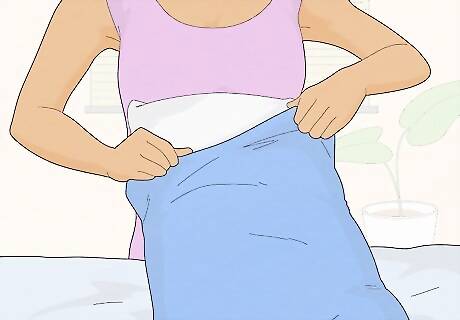
Wash your pillowcases. Remember to toss your pillowcases in the wash at least once a week. Your skin produces oil while you sleep which lingers on your pillowcase. This can buildup throughout the week and cause your skin to become oily, even if you went to bed with a completely clean face. You should also wash your bed sheets once a week, especially if the skin on your back is oily.


















Comments
0 comment